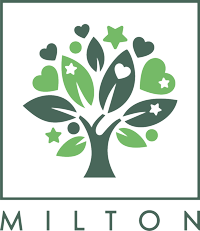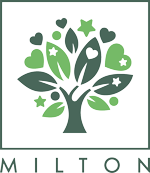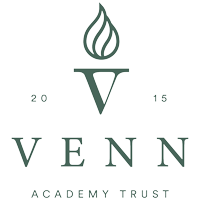
We know our pupils.
The right curriculum for each pupil to achieve great things.
Curriculum pathway – Discover
Characteristics of learners:
- For pupils who cannot engage in subject specific learning and are consistently at distance from the National Curriculum.
- The curriculum and adult interactions focus on functional communication skills, developing vocabulary and gaining knowledge of the wider world.
- In the Primary Bridge provision within the classroom promotes engagement, allows pupils to rehearse new vocabulary and communication skills.
- In the Secondary Bridge provision, the learning links closely to life skills and supporting pupils as they prepare for their next stage in education and employment.
- Many pupils have communication targets/SALT plan
- All pupils have an EHCP
- Typically, in the primary years pupils may demonstrate knowledge and skills at pre-key Stage standards
- Moving through the secondary years the pupil may demonstrate writing skills of a KS1 pupils.
Curriculum Areas – Primary:
- Communication, Language and Literacy
- Maths
- Physical development
- Creative
- Understanding the world
- P.S.H.E/Personal development
- Phonics and reading
- Preparation for adulthood
- Daily Handwriting
Curriculum Areas – Secondary:
- Phonics/Reading
- English – Writing
- Mathematics
- Science
- RE
- PSHE/SRE
- Geography
- History
- Art and Design
- Computing
- Physical Education
- Music
- Preparation for adulthood
- Daily Handwriting
- ASDAN Life skills challenges (KS4)
Evidence of learning and progress:
Primary
- The engagement model
- Floor books
- Individual books for communication/English and maths
- Tapestry
- Phonics assessments
- Personal development tracker
Secondary
- Individual subject books
- Floor books for P.E, R.E, Computing, music, food technology
- Educator Assessment
- Foundation subject assessment reflected in books
| What a ‘Discover’ classroom may look like: | Effective teaching may include: |
|---|---|
|
|

“I think Milton is good and I like maths!“
Y6 child

“I like the teachers, and the leaders are open to student ideas.“
Y11 child

“Great school – staff are brilliant.“
Parent

“My favourite thing is seeing my teachers everyday.“
Y3 child



